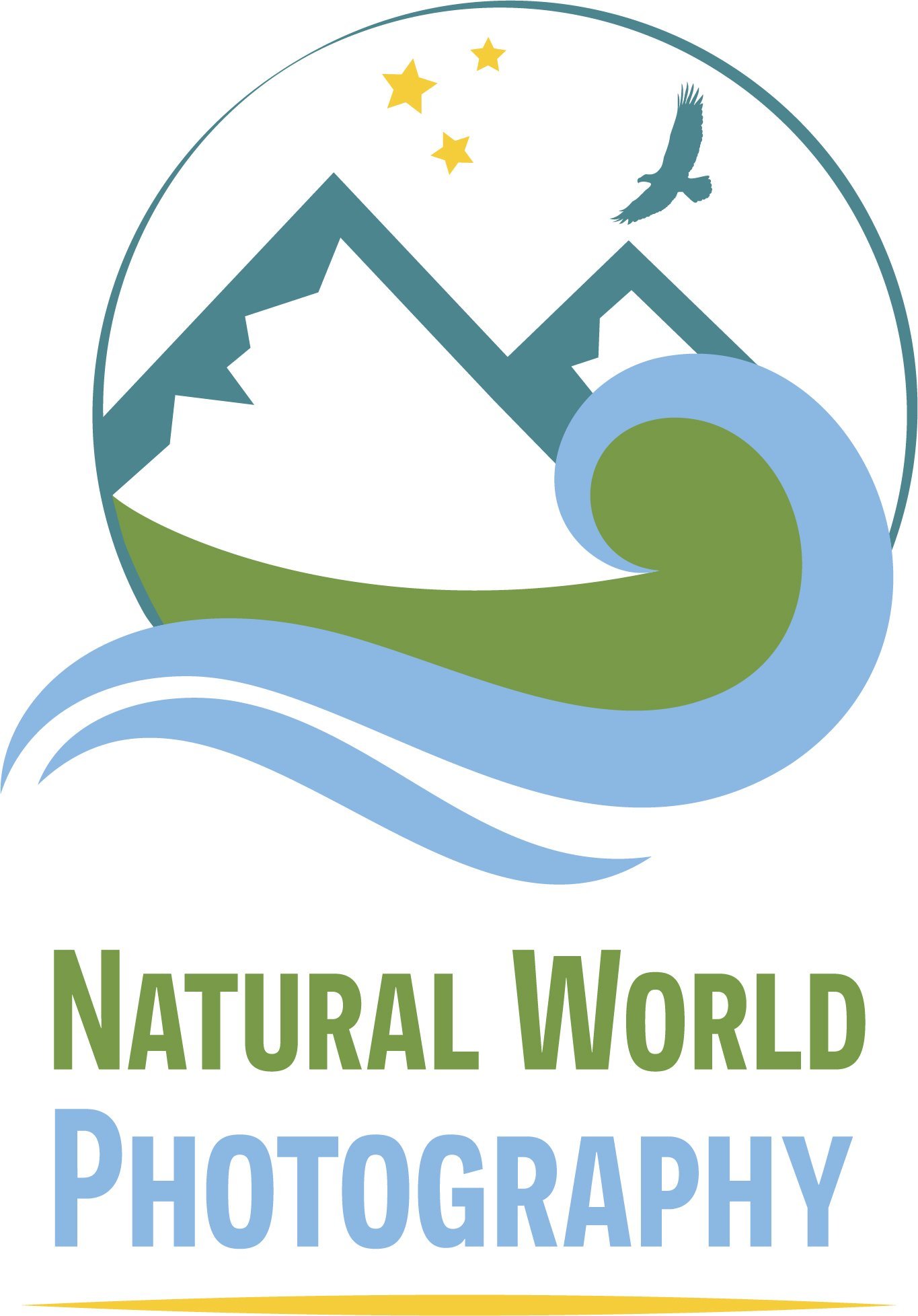















BUSTARDS, BUTTERFLIES AND BARN OWLS
Guided by several of Wiltshire's top wildlife photographers, go in search of iconic species such as great bustards and barn owls.
Wiltshire’s exceptional cultural heritage is well-known but the county’s natural heritage equally deserves attention. You are more likely to see charismatic species such as barn owls and brown hares, adonis blue butterflies and burnt-tip orchids in Wiltshire than anywhere else in Britain. With superb downland and woodland habitat, Wiltshire is a top county for butterflies; our 45 species represent over three-quarters of the British total. Salisbury Plain is the wild heart of Wiltshire, somewhat resembling rolling savanna. Fittingly, the Plain has its very own big game; great bustards are the world’s heaviest flying birds, now roaming freely after 170 years’ absence.
Species we expect to find and photograph on this tour include:
• Birds: Great bustard, barn owl, curlew, lapwing, yellow wagtail and kestrel. Kingfisher, stone curlew, little owl and tawny owl are also possible. (40 species seen on 2022 tour).
• Mammals: Roe deer, muntjac and brown hare. Water vole, fox and otter are possible.
• Butterflies: Marsh fritillary, green hairstreak, grizzled skipper, small blue and adonis blue. Duke of Burgundy is possible. (17 species seen on 2022 tour.)
• Dragonflies and damselflies: Banded and beautiful demoiselles. Golden-ringed dragonfly and emperor dragonfly are possible.
• Orchids: Fly orchid, bee orchid, burnt-tip orchid, marsh helleborine and lesser butterfly orchid (10 species seen on 2022 tour).
Your leader for this wildlife photography tour will be Robert Harvey BA ARPS EFIAP CEnv CSci MCIWEM, author of Photographing Wiltshire. Under his leadership, you will be guided by several of Wiltshire’s top wildlife photographers.
Our proposed itinerary subject to modification to suit weather.
General: The tour will involve easy walks. Days will start at dawn to make the best use of early mornings when wildlife is most active and the light is good. The tour may be adjusted to make the best use of weather conditions on the days and to accommodate early/late seasons of target species. As always with wildlife, no species can be absolutely guaranteed but there is a good prospect of the majority of species listed (those stated to be “possible” are less certain but still realistic).
Group Size: Maximum of six. For the early morning shoots on Days 2 and 4, the group will be divided, with three people doing each activity on the morning of Day 2 and then swapping over on the morning of Day 4.
Recommended photographic equipment: Digital single lens reflex camera, long telephoto lens (400mm+), 1.4 x teleconverter (recommended), macro lens, short to medium telephoto, tripod (essential - ideally one that will lay flat on ground), monopod (recommended), beanbag (recommended). Lightweight clothes, warm and waterproof clothes and good walking shoes or boots.
Dates: 31 May to 3 June 2024.
Meet at midday on Day 1, depart 2 pm on Day 4.
Four day tour. Price £825 for double/twin occupancy. Single supplement £95. Deposit of £300 payable to secure your place, balance due by 31 March 2024.
Included: Accommodation in single, twin or double back-facing rooms at Castle Hotel in Devizes for three nights, breakfasts, transport from Devizes, wildlife and photography guiding.
Not included: Lunches, evening meals, drinks, transport to Devizes.
“Thank you for organising such an amazing trip to Wiltshire ... I never imagined we’d be able to photograph such a variety of flora and fauna ... Brilliant locations and good use of vehicles. I’ve got some really good shots of deer and hares which I wouldn’t have been able to get locally. Expert guides gave a running commentary so even when nothing to watch we were kept entertained and informed on wildlife topics”
“The itinerary was very well thought through and well balanced between flowers, insects, birds and mammals. The technical help from the tour leader was very good and I improved my knowledge and understanding of exposure and other settings on my camera. The hotel was very good and the management was so friendly and helpful”
“Good mix of participants. Very well organized, as always. I thought the guides were brilliant and great company”
“All members got on well together and worked round each other, my most enjoyable event watching the Barn Owl hunting so successfully. I think your choice of guides was excellent each had a different style and approach with the same aim in mind the wildlife.”
